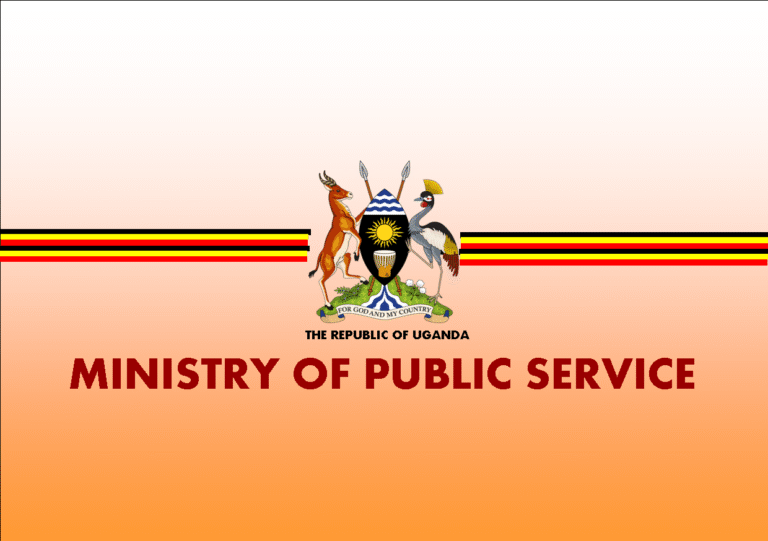In today’s competitive job market, your CV (Curriculum Vitae) is often the first impression you make on a potential employer. Think of it as your personal marketing tool—a concise, polished snapshot of your skills, experiences, and achievements. A well-formatted CV doesn’t just list your history; it tells a compelling story that aligns with the job you’re targeting. Whether you’re a recent graduate entering the workforce or a seasoned professional pivoting careers, mastering CV formatting can significantly boost your chances of landing interviews.
You don’t need fancy software or design skills to create one that’s professional and appealing. This guide will walk you through every step, with practical tips, relatable examples, and common pitfalls to avoid. Let’s dive in and turn your CV into a winner.
Step 1: Choose the Right Format and Structure
Before typing a single word, decide on the overall layout. There are three main CV formats:
- Chronological: The most common and recruiter-friendly. It lists your work experience in reverse chronological order (most recent first). Ideal if you have a steady career progression.
- Functional: Focuses on skills and achievements rather than timeline. Great for career changers or those with employment gaps.
- Combination (Hybrid): Blends both, highlighting skills upfront and backing them with chronological experience. Perfect for mid-level professionals.
Pro Tip: Stick to chronological unless you have a specific reason not to—it’s what most hiring managers expect.Aim for one to two pages max. Use a clean font like Arial, Calibri, or Times New Roman in 10–12 pt size. Margins should be 1 inch on all sides, with 1.15–1.5 line spacing for readability. Save as a PDF to preserve formatting across devices.Relatable scenario: Imagine applying for a marketing role. A chronological format lets you showcase your progression from junior coordinator to manager, proving growth without overwhelming the reader.
Step 2: Start with a Strong Header and Contact Information
Your header is prime real estate—make it pop without being flashy.
- Name: Bold and larger (14–18 pt), centered or left-aligned.
- Contact Details: Phone, professional email (e.g., firstname.lastname@gmail.com—not partyanimal92@hotmail.com), LinkedIn URL, and location (city and country). Skip your full address for privacy.
- Optional: A professional title like “Digital Marketing Specialist” or a one-line personal branding statement, e.g., “Data-Driven Engineer with 5+ Years in AI Optimization.”
Example
Header:
Jane Doe | Digital Marketing Specialist | jane.doe@email.com | +1 (123) 456-7890 |Linkedin.com/in/janedoe | Seattle, WA
Avoid photos unless applying in creative fields or regions where it’s standard (e.g., Europe). In the US or UK, it can invite bias.
Step 3: Craft a Compelling Professional Summary
This 3–5 sentence paragraph at the top replaces the outdated “objective.” It’s your elevator pitch—hook the reader immediately.
Focus on:
- Who you are (years of experience, key expertise).
- What you bring (achievements, skills).
- What you want (tailored to the job).
Relatable example: Instead of “Seeking a challenging role,” try: “Results-oriented software developer with 7 years in full-stack development, specializing in Python and React. Led a team that reduced load times by 40% for a fintech app, delivering scalable solutions for high-traffic environments. Eager to drive innovation at [Company Name]. “Tailor this for each application, it’s worth the 10 minutes.
Step 4: Highlight Your Work Experience
This is the meat of your CV. List jobs in reverse order, with:
- Job title (bold).
- Company name, location, dates (e.g., Month Year – Present).
- 4–6 bullet points per role, starting with action verbs (e.g., “Led,” “Optimized,” “Increased”).
Quantify achievements: Use numbers to make them tangible. “Managed social media” becomes “Grew Instagram following by 150% in 6 months, generating 20K+ leads. “For entry-level folks: Include internships, volunteer work, or projects. Gaps? Address subtly in your cover letter, not here.
Common mistake: Listing duties instead of impacts. Relate it to real life—recruiters skim for results, not chores.
Example:
Senior Graphic Designer
ABC Creative Agency, New York, NY
June 2020 – Present
- Designed branding for 15+ clients, resulting in a 25% average increase in customer engagement.
- Collaborated with cross-functional teams to launch campaigns under tight deadlines, reducing revision cycles by 30%.
Step 5: Showcase Your Education
Place this after experience if you’re established; before if you’re a new grad.
Include:
- Degree, major, institution, graduation year.
- GPA (if 3.5+), honors, relevant coursework.
- Certifications (e.g., Google Analytics, PMP).
For mid-career: Keep it brief unless it’s directly relevant.
Example: Bachelor of Science in Computer Science
University of California, Berkeley
Graduated: May 2018
- GPA: 3.8/4.0
- Relevant Coursework: Machine Learning, Data Structures
Step 6: Add Skills and Additional Sections
Dedicate a section for hard and soft skills. Use columns or bullets for scannability.
- Technical: Python, Adobe Suite, SQL.
- Soft: Leadership, Communication, Problem-Solving.
- Languages: Fluent in Spanish (Professional Proficiency).
Other sections:
- Projects: For tech roles, describe personal GitHub repos.
- Volunteer Work: Shows character.
- Publications/Awards: If applicable.
Keep it relevant: don’t list “Microsoft Office” if it’s basic for the role.
Step 7: Design for Visual Appeal
Professional doesn’t mean boring. Make it appealing:
- Consistent Formatting: Bold job titles, italics for companies.
- White Space: Avoid walls of text.
- Bullet Points: Short, punchy (1–2 lines each).
- Icons/Subtle Color: A navy header or skill bars if in design fields—but black and white for conservative industries.
- ATS-Friendly: Use standard headings (e.g., “Work Experience” not “My Journey”). Avoid tables, headers/footers, or fancy graphics that bots can’t read.
Tools to use: Google Docs, Microsoft Word templates, Canva (export as PDF), or LinkedIn’s resume builder.
Relatable hack: Print it out and ask yourself, “does it look clean on paper?” If yes, you’re golden.
Step 8: Proofread, Customize, and Iterate
- Proofread Ruthlessly: Typos kill credibility. Use Grammarly, then read aloud.
- Keywords: Mirror the job description (e.g., if they say “Agile methodology,” include it).
- Get Feedback: Share with a mentor or friend.
- Update Regularly: Add new wins quarterly.
Common Pitfalls to Avoid
- Overloading with info: Be concise.
- Lying or exaggerating: It backfires in interviews.
- Using jargon without context.
- Forgetting mobile viewing: Ensure it reads well on phones.
In conclusion, a professional CV is about clarity, relevance, and impact. It’s not just a document, it’s your ticket to the next opportunity. Start with a template, customize relentlessly, and remember: the goal is to get the interview, where you shine in person. You’ve got this, now go format that CV and conquer the job hunt.
If you follow these steps, yours will stand out in a sea of sameness.



